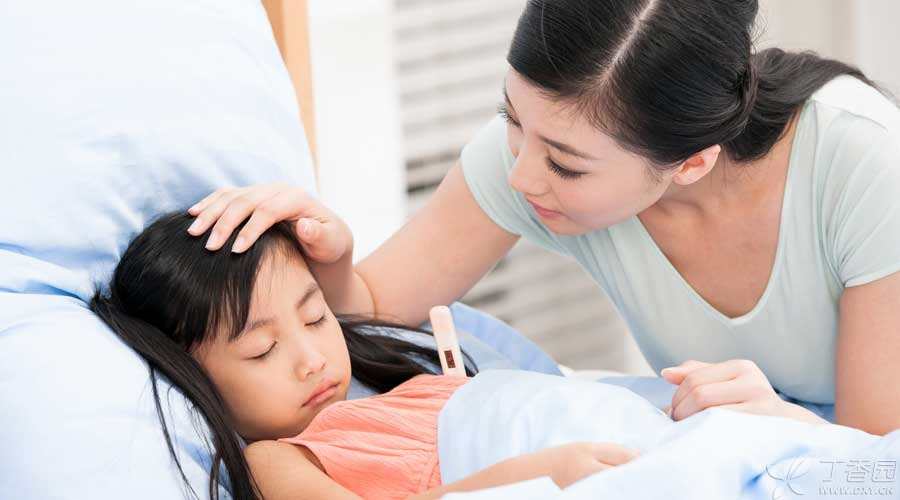
Convulsion is the most common pediatric emergency. When children attack, they will show limb convulsions and coma, which makes parents very scared.
Convulsion is very common in children, and the causes of convulsion are various. However, convulsion does not mean that children have epilepsy, nor does it mean that the risk of epilepsy in the future is higher.
Convulsions and epilepsy are not the same thing.
In medicine, epilepsy does not refer to a specific disease, but mainly refers to seizures that occur repeatedly for no reason within a period of time.
The causes that may cause convulsions in children or adolescents include high fever, concussion and hypoglycemia. Such convulsions do not recur and therefore cannot be counted as epilepsy.
The most common convulsion is febrile convulsion, which usually occurs in children between 6 months and 5 years old. Although it will make parents jumpy, febrile convulsion is generally harmless to children, and less than 5% of children will progress to epilepsy.
Moreover, less than 5% of children usually have one or more of the following characteristics:
-
Family history of epilepsy;
-
Nervous system abnormalities (such as cerebral palsy);
-
Growth retardation;
-
Some body movements are abnormal (single limb or unilateral body), the onset time is long (more than 15 minutes), and multiple convulsions occur in a single fever.
Children without the above characteristics generally do not progress to epilepsy.
Children have febrile convulsion, what should parents do?
As a parent, when a child has a febrile convulsion, the most important thing is not to panic, try to calm down and observe the child’s condition.
Next, try to put the child in a flat and soft place (such as bed) to prevent accidents. The following precautions:
-
Ensure smooth breathing: let the child lie on his side with his head tilted to one side and loosen the neckline and clothes;
-
Clean up the child’s oral cavity: Use soft cloth to clean up saliva or food residue in the child’s oral cavity to ensure that nothing in the mouth hinders breathing;
-
Make relevant records: Write down the time, body temperature, state and other information of the child’s convulsion, and observe how long it lasted.
Parents can take some measures to make their children feel more comfortable, such as taking off their clothes and using air conditioning to cool down, but do not use warm water bath, alcohol wiping and ice application.
Parents are advised to take their children to the hospital within the next day or two so that doctors can find out the cause of fever in time. At this time, parents’ previous records of their children’s convulsions can be used to help doctors diagnose the disease.
Finally, it is suggested that parents should know more about febrile convulsion and ask doctors for some coping skills when seeing a doctor.
In case of these situations, we must go to the hospital as soon as possible.
The following conditions indicate that convulsions may not be as simple as [high fever], and medical treatment is required as soon as possible.
-
The duration of convulsion was more than 5 minutes.
-
Abnormal breathing;
-
Consciousness cannot recover quickly after convulsion.
-
When fever occurs, the body temperature exceeds 40 degrees;
-
During a disease, convulsions occurred more than once in a single day.
-
Symptoms such as extreme lethargy, severe vomiting, neck rigidity (neck stiffness, unable to bow), etc.
